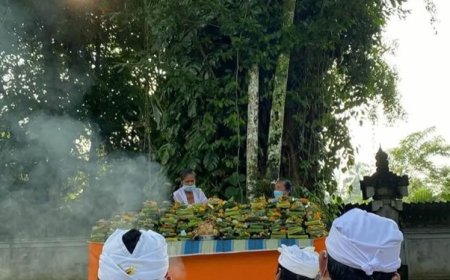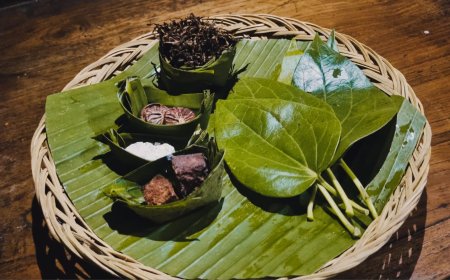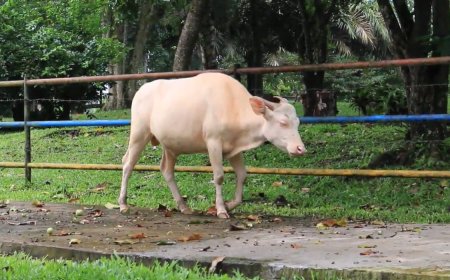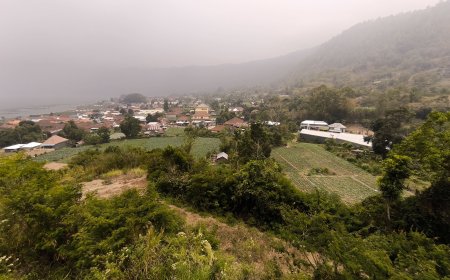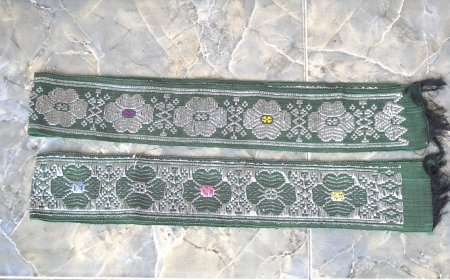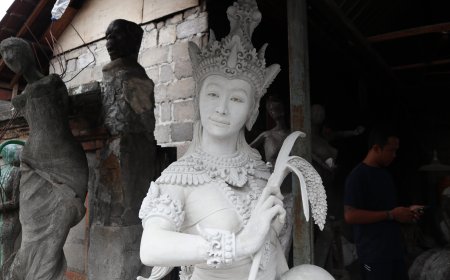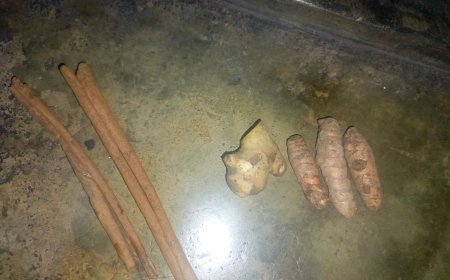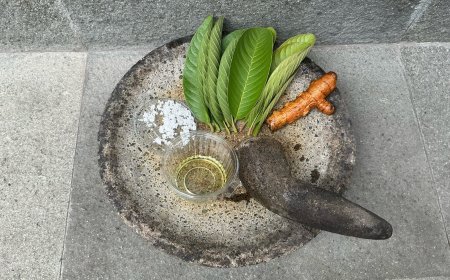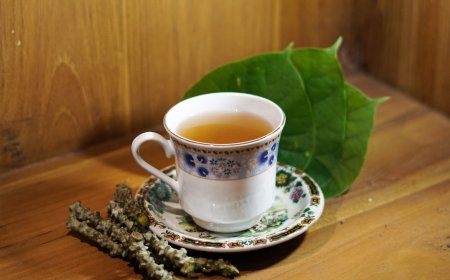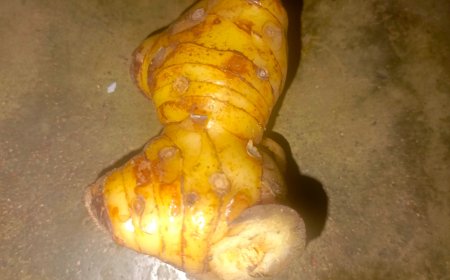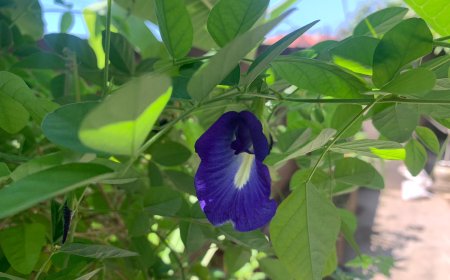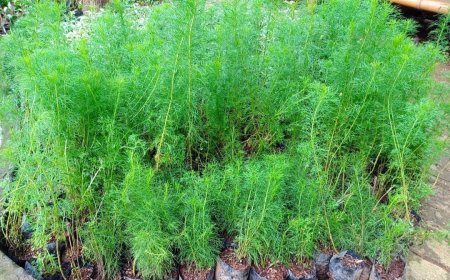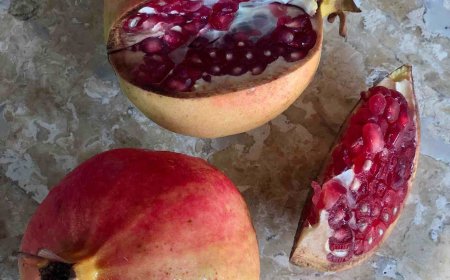The Root of the Sandat Flower: A Versatile Herbal Remedy for Sprains
The root of the sandat flower (Cananga odorata) is a traditional Balinese medicinal plant recorded in Lontar Taru Pramana. A mixture of its root and coconut oil effectively relieves sprains, thanks to its flavonoids, tannins, and essential oils. This treatment reflects harmony between humans and nature.
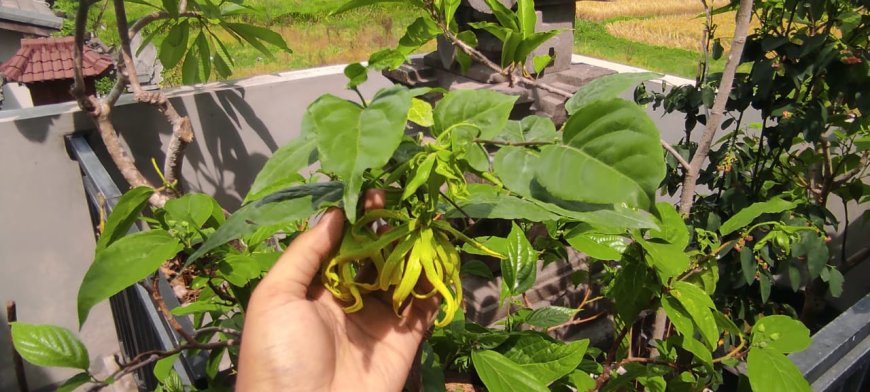
Traditional medicine has become an integral part of Indonesia’s cultural heritage, particularly in Bali. One of the valuable traditional literatures is the Lontar Taru Pramana. This ancient manuscript, written on palm leaves, contains profound knowledge about medicinal plants. In Balinese tradition, this lontar serves as a primary reference in traditional healing practices. Taru means tree or plant, while Pramana signifies soul or life. Therefore, this manuscript reflects the deep connection between humans and nature through the use of plants as a source of healing.
One of the unique aspects of the Lontar Taru Pramana is its simple yet effective healing methods. The plants used are often easily found around the community. This approach not only provides medical guidance but also emphasizes a lifestyle in harmony with nature. Within this lontar, there are numerous traditional medicinal recipes that are still relevant today. One such simple yet effective remedy is a mixture of sandat flower root (Cananga odorata) and coconut oil, used to relieve sprains.
The root of the sandat flower (Cananga odorata) is an important part of the plant in Balinese traditional medicine. In addition to its flowers and leaves, often used in traditional ceremonies, its roots also hold various natural compounds beneficial to health. In the Lontar Taru Pramana, the sandat flower root is believed to have healing energy that can address various health complaints.
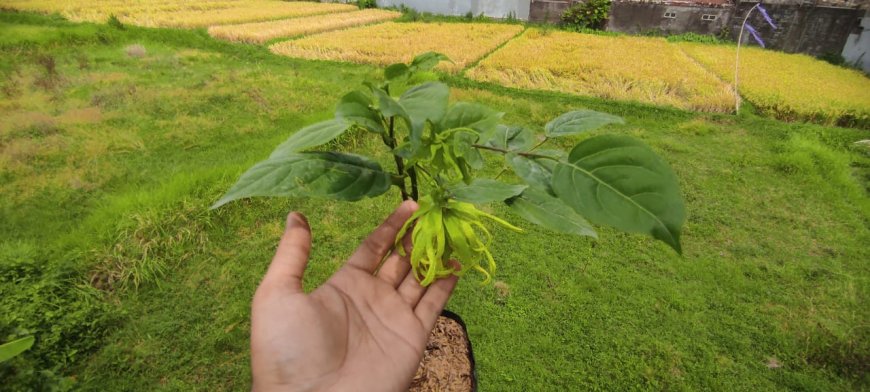
Sandat Flower Plants (Source : Private Collection)
Scientifically, the sandat flower root contains compounds such as flavonoids, tannins, and essential oils, each offering specific benefits for the body. Flavonoids act as natural antioxidants, protecting cells from free radical damage while reducing inflammation. This anti-inflammatory property makes sandat flower root effective in alleviating swelling in the body, such as those caused by sprains. In addition to flavonoids, the tannins in the sandat flower root have astringent properties that help tighten skin tissues and speed up the healing of wounds or minor injuries. This property also aids in repairing damaged tissues more quickly, accelerating recovery in injured body areas.
Equally important is the essential oil contained in the sandat flower root. Essential oils are known to provide a relaxing effect on the body, reduce muscle tension, and act as a natural analgesic. This effect is highly beneficial in alleviating pain in sprains or injuries. The essential oil also penetrates the skin effectively, maximizing the absorption of active compounds from traditional remedies made with sandat flower root.
In Balinese culture, using natural materials like sandat flower root is not only about physical health but also reflects a deeper meaning of spiritual balance and harmony with nature. According to Lontar Taru Pramana, every part of a plant, including its roots, is believed to carry specific healing energies that support the recovery of the body, mind, and spirit. The sandat flower root is one of the materials commonly used in traditional medicine, where remedies based on this root have been trusted for generations to address various health issues, such as relieving sprains and reducing inflammation.
Here are the simple steps to create this traditional remedy:
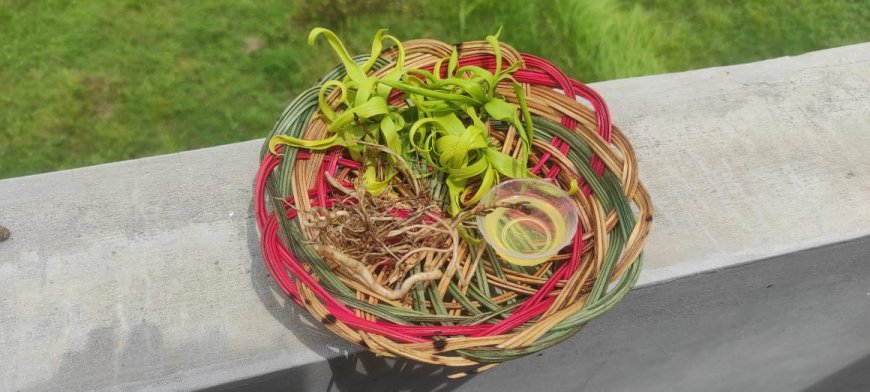
Usadha Ingridients (Source : Private Collection)
- Prepare ingredients such as sandat flower root and pure coconut oil.
- Wash the sandat flower root thoroughly to remove dirt or soil.
- Cut the root into small pieces to make it easier to grind.
- Grind the root until smooth to produce a natural extract that is easier for the skin to absorb.
- Mix the ground sandat flower root with a small amount of coconut oil. Stir until well blended.
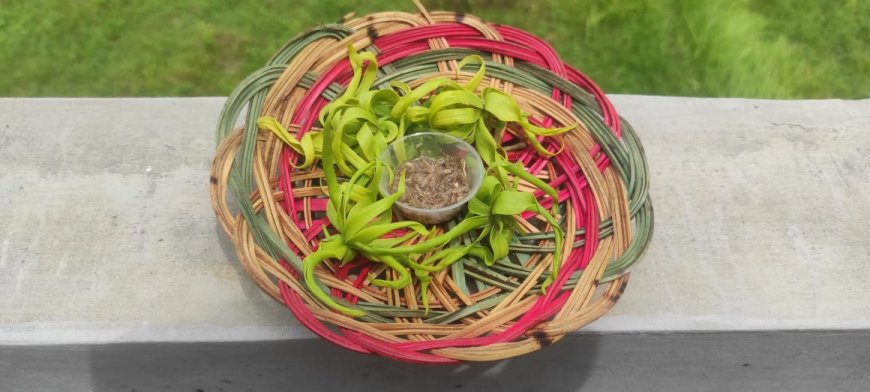
Sandat Flower Root Usadha (Source : Private Collection)
The traditional remedy made from sandat flower root mixed with coconut oil is a tangible example of the richness of healing knowledge passed down through the Lontar Taru Pramana. With benefits including reducing inflammation, alleviating pain, and speeding recovery, this remedy is a valuable natural treatment option worth preserving. By utilizing such recipes, we not only safeguard the cultural heritage of our ancestors but also contribute to a Tanaman Bunga Sandat (Sumber : Koleksi Pribadi). The Lontar Taru Pramana reminds us that solutions to various health issues can be found around us if we are willing to learn and use them wisely.












